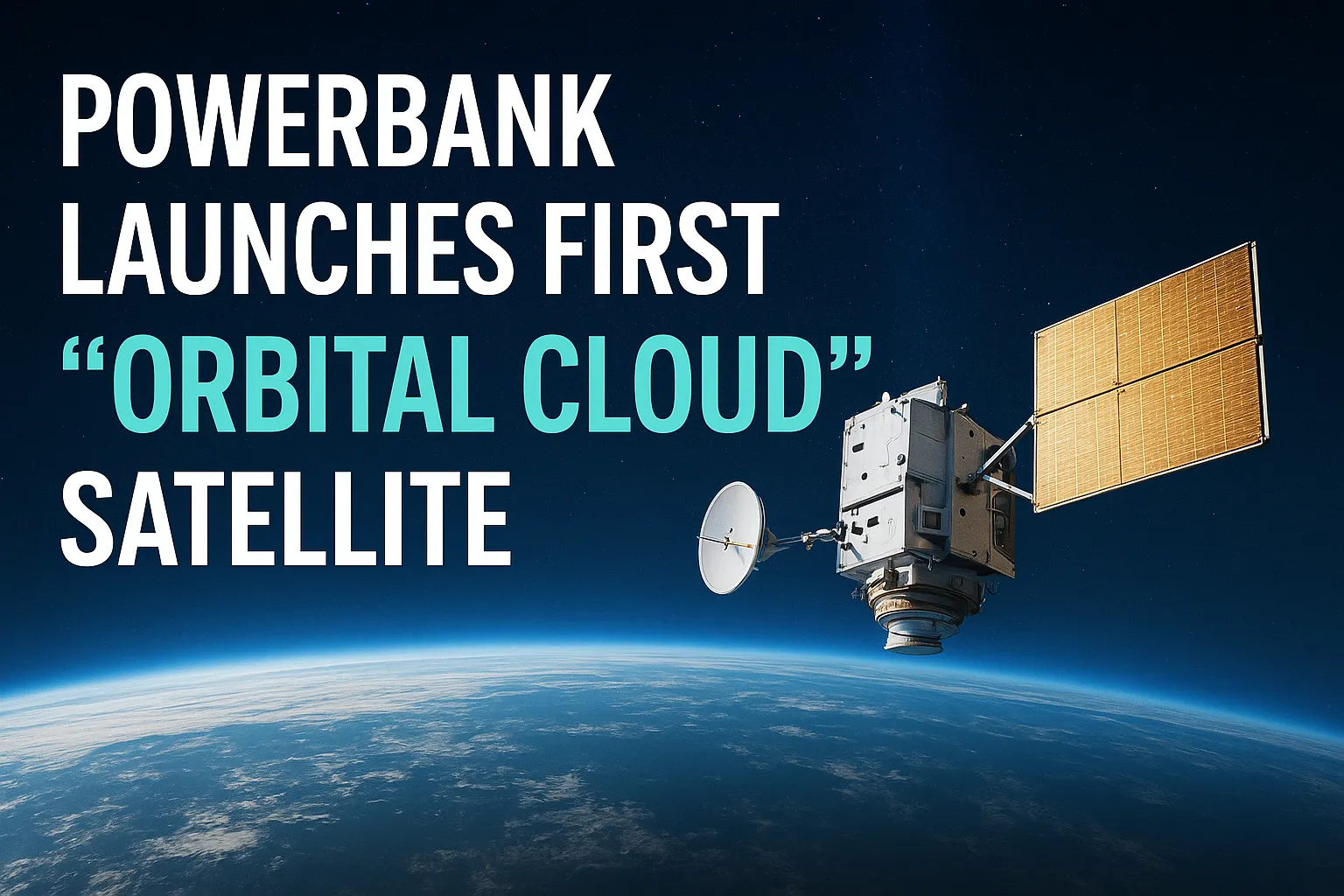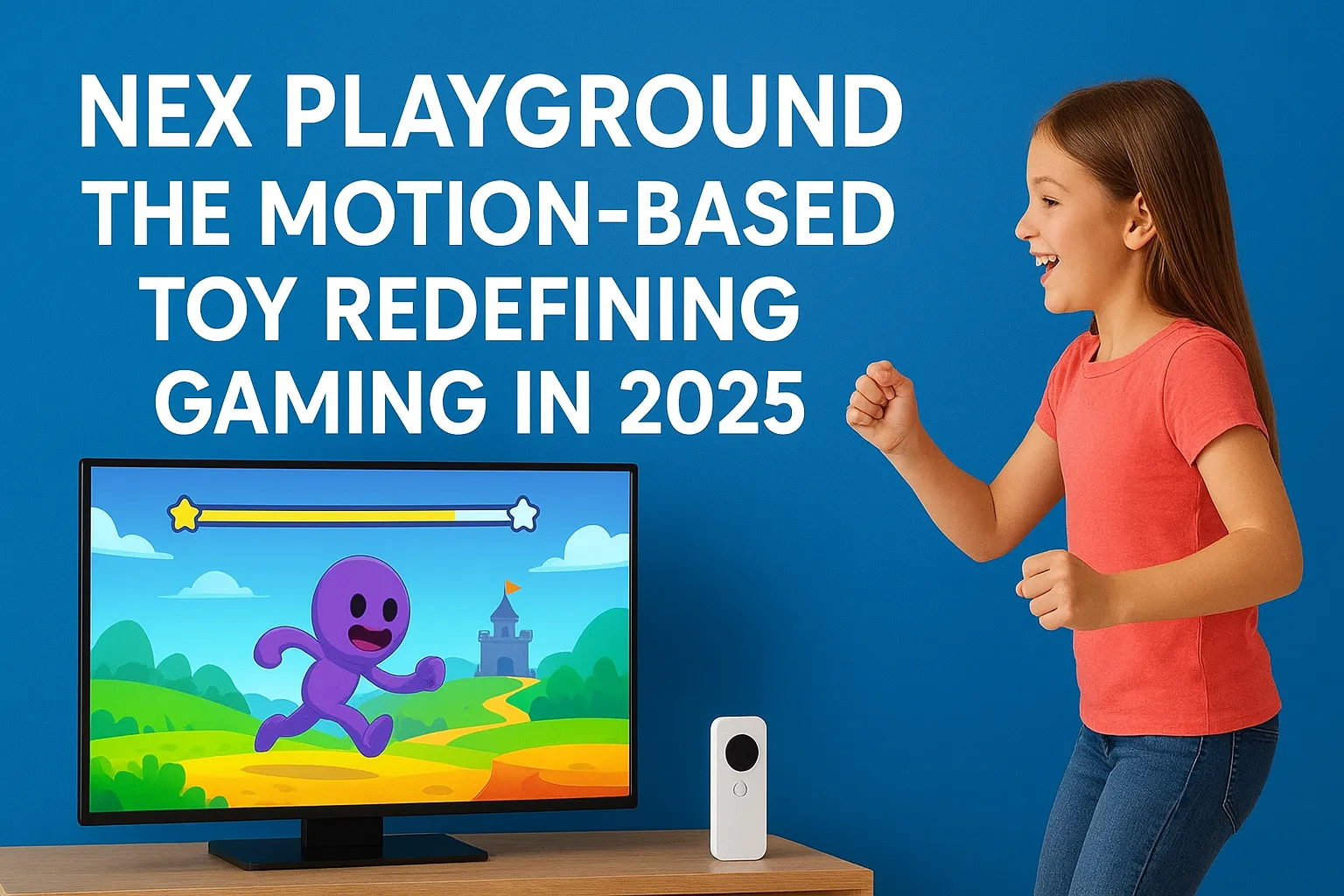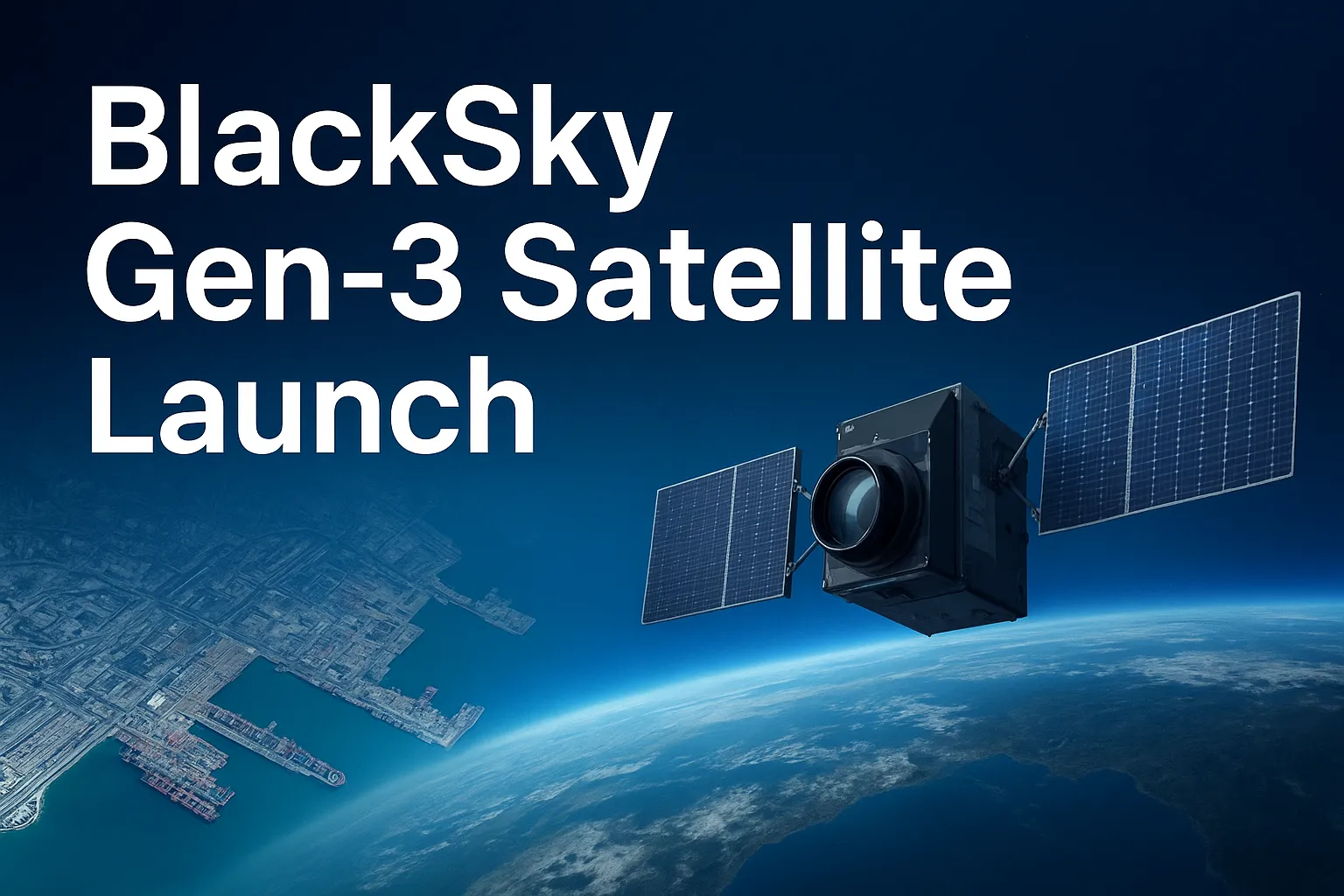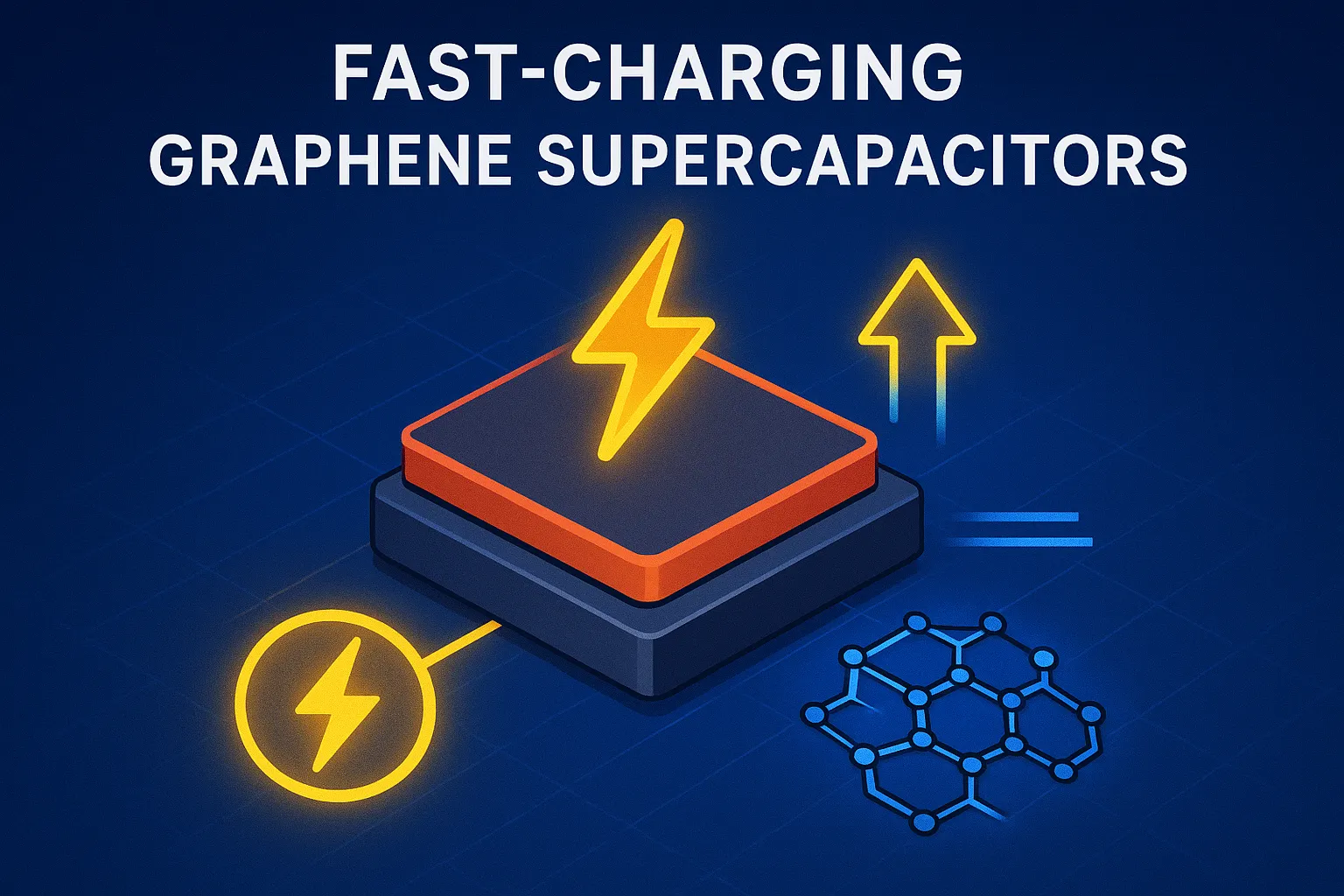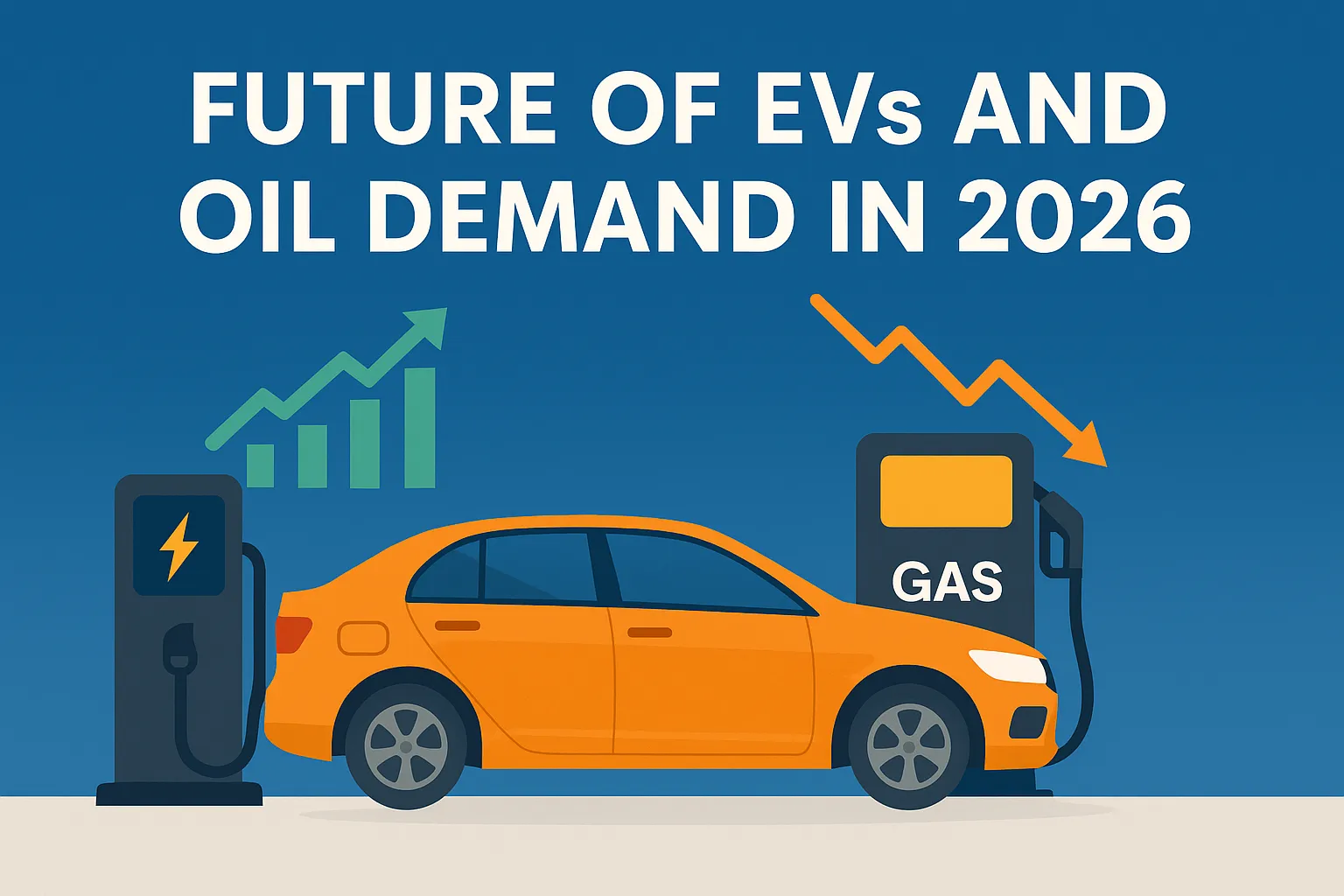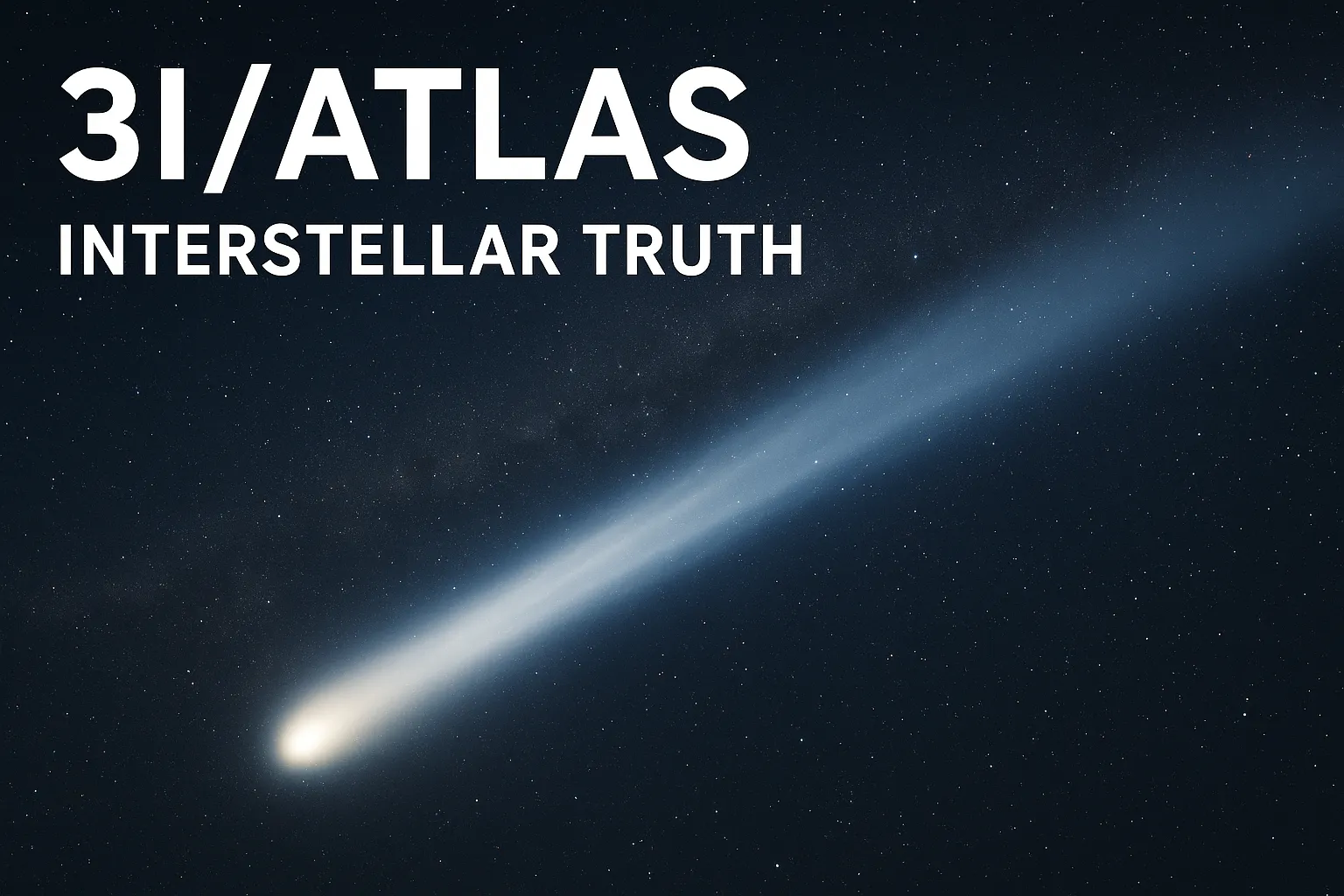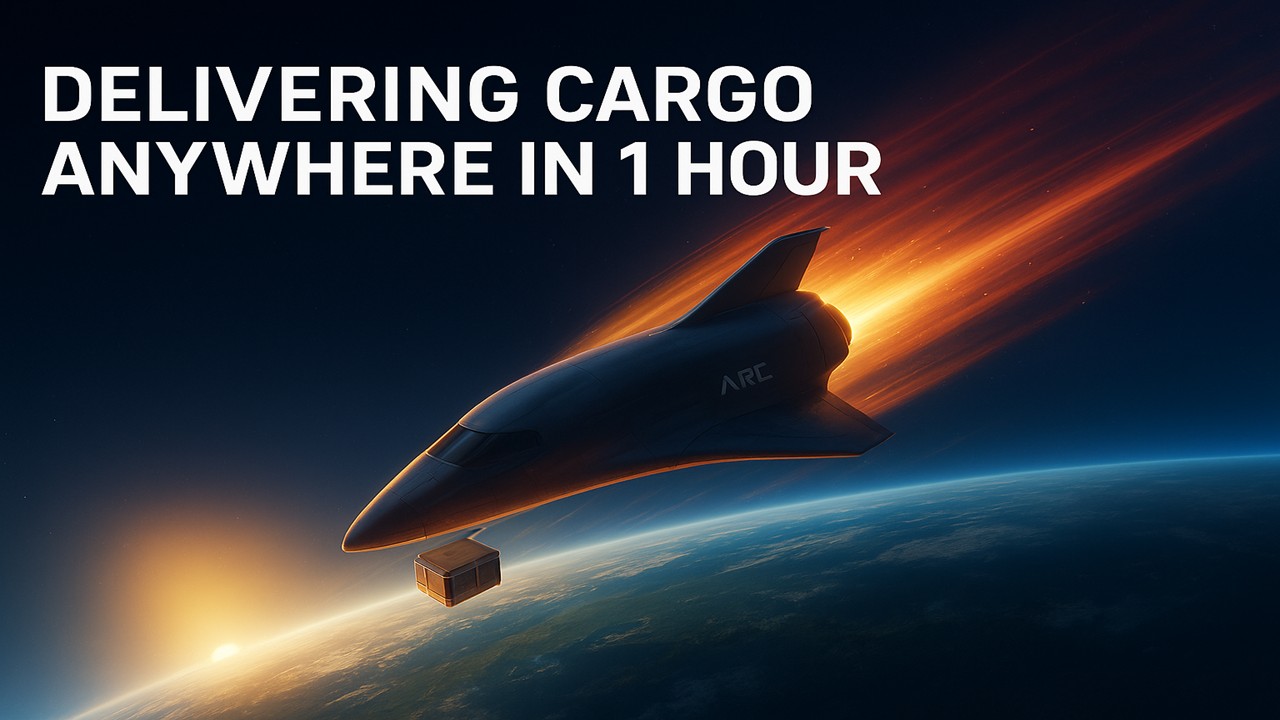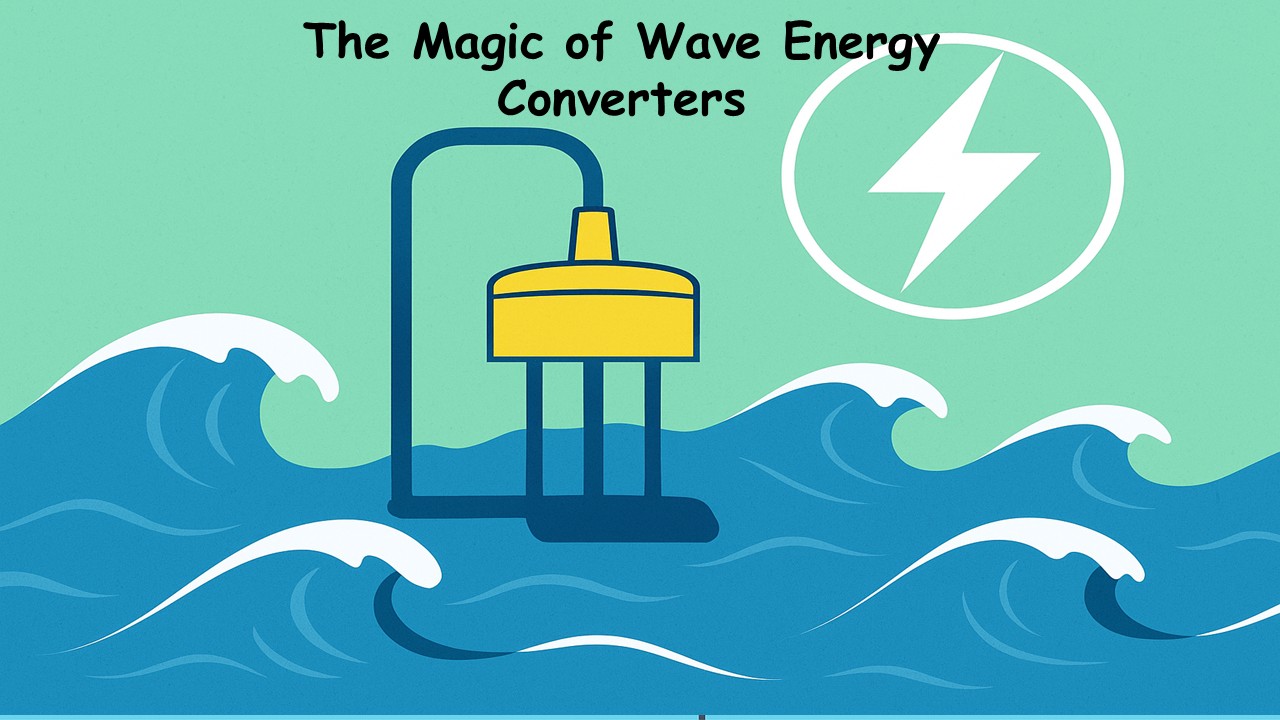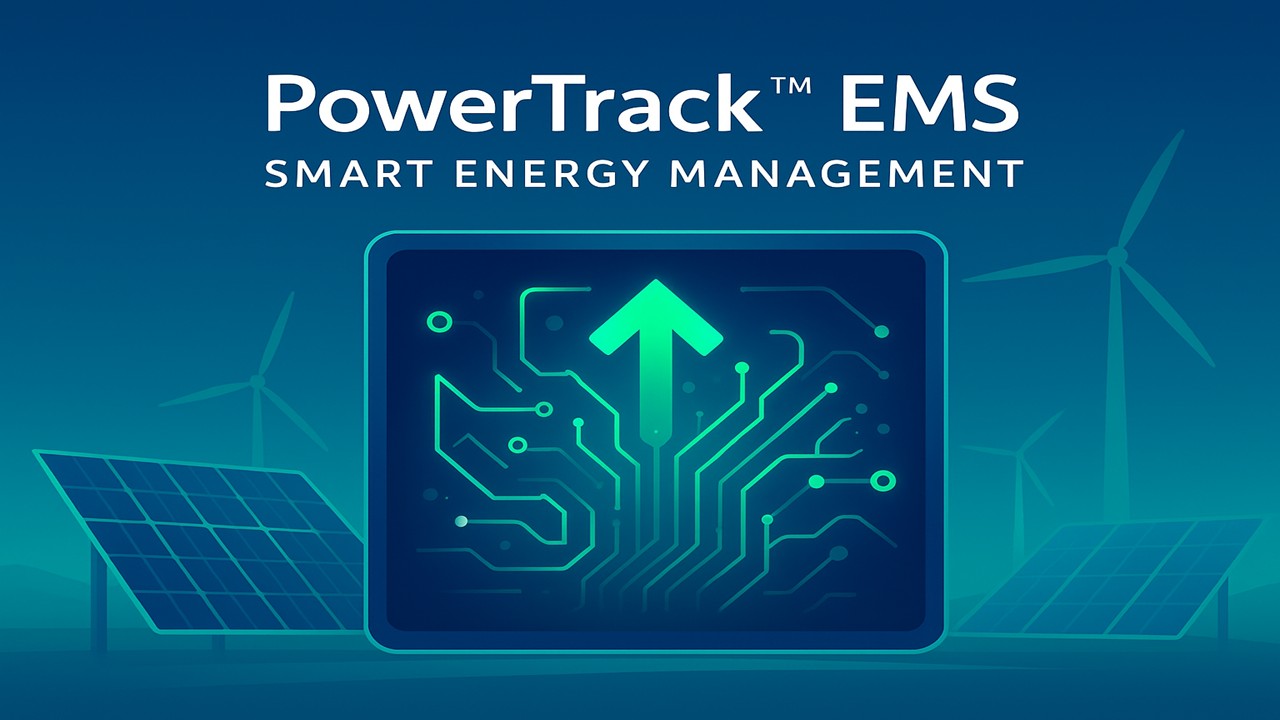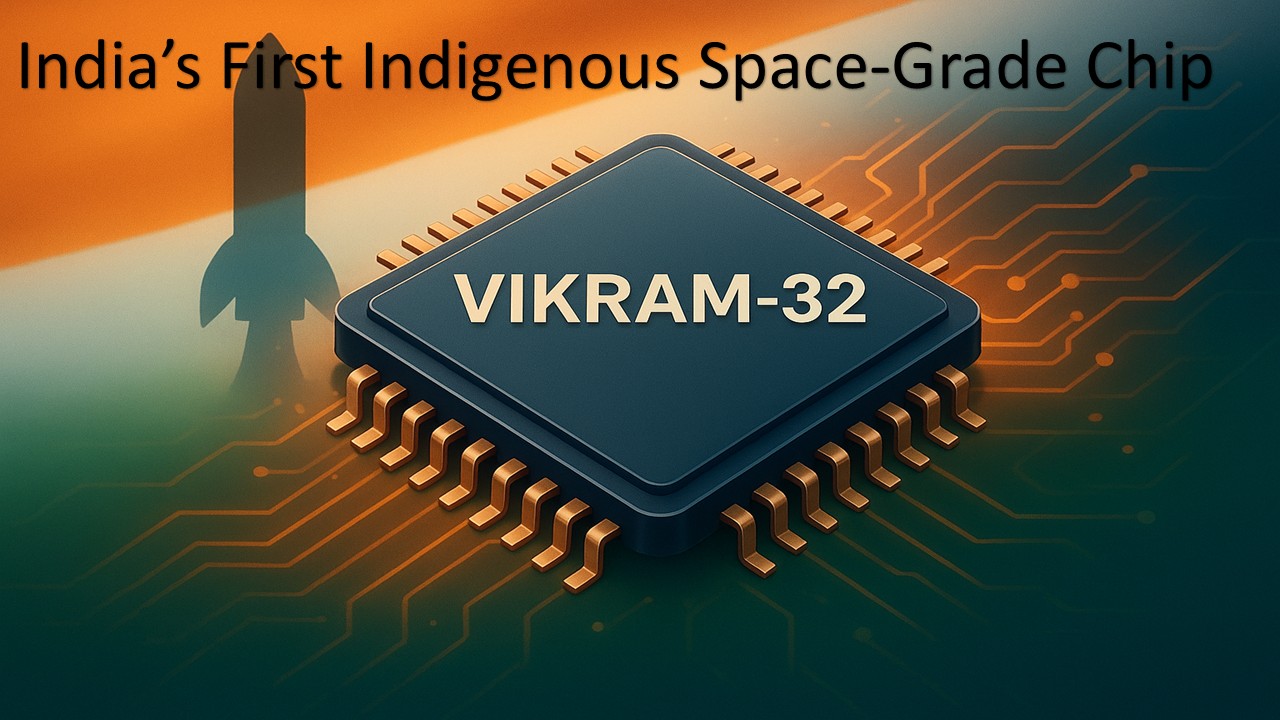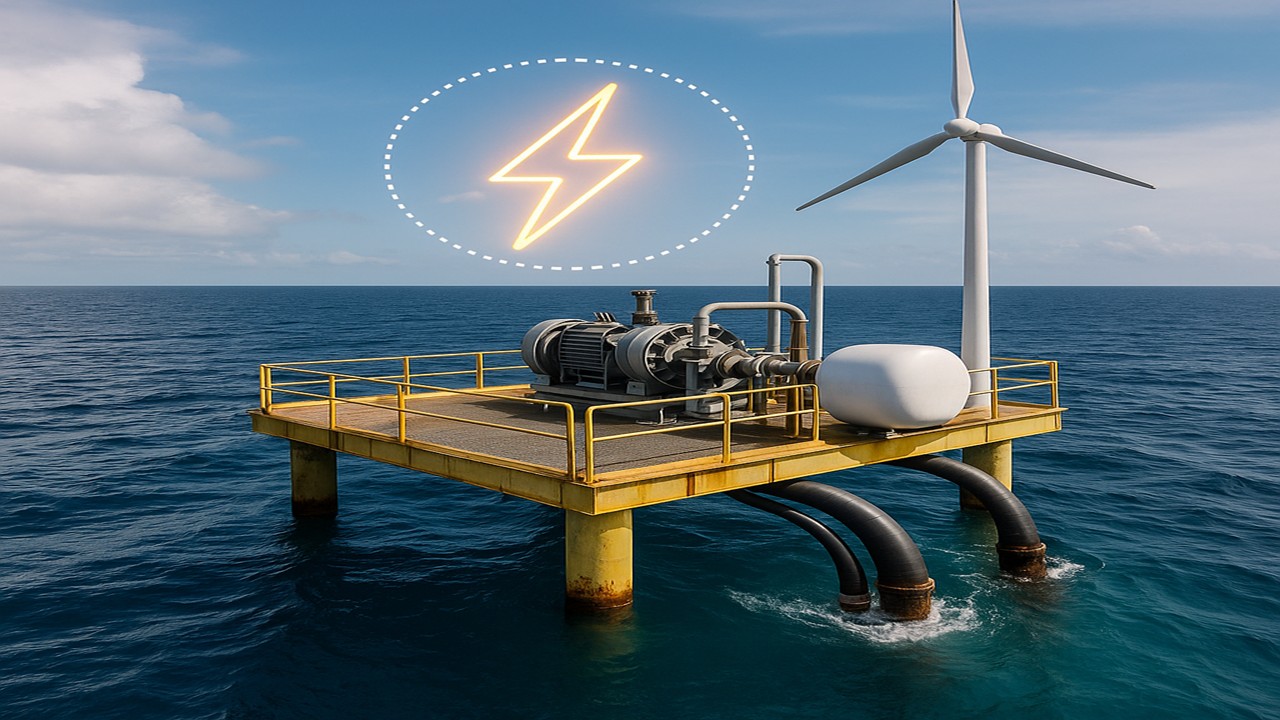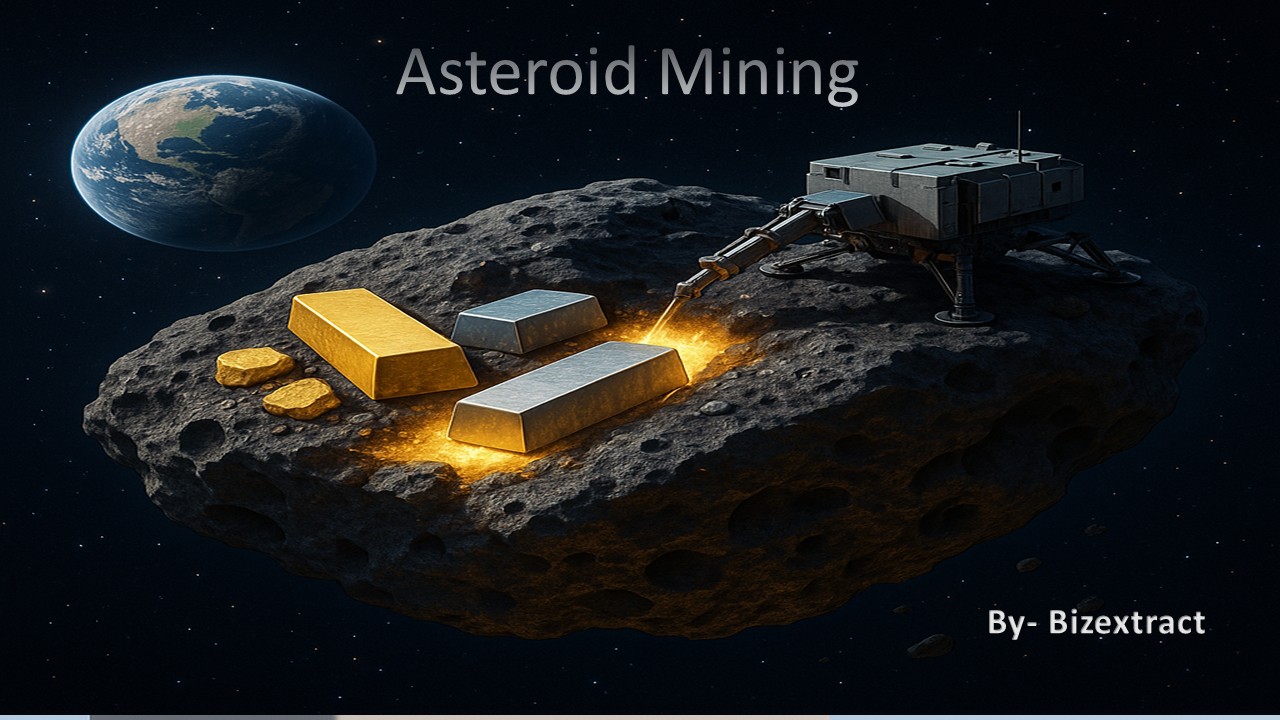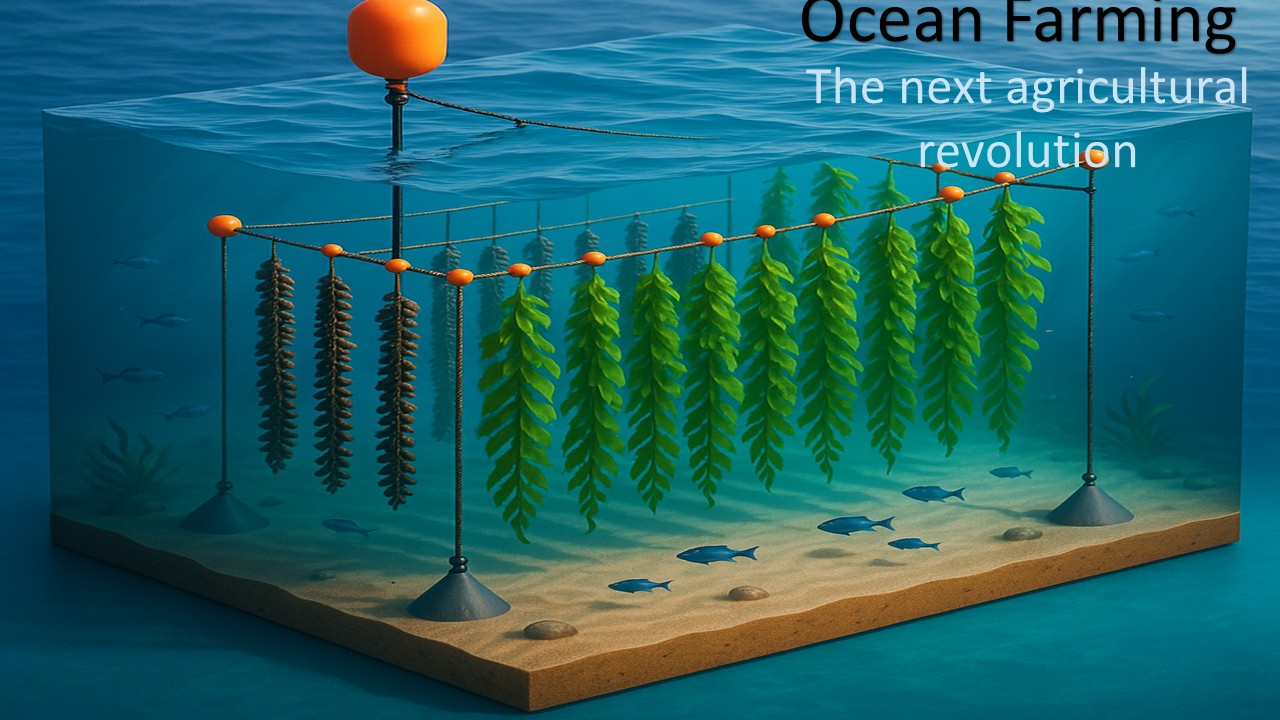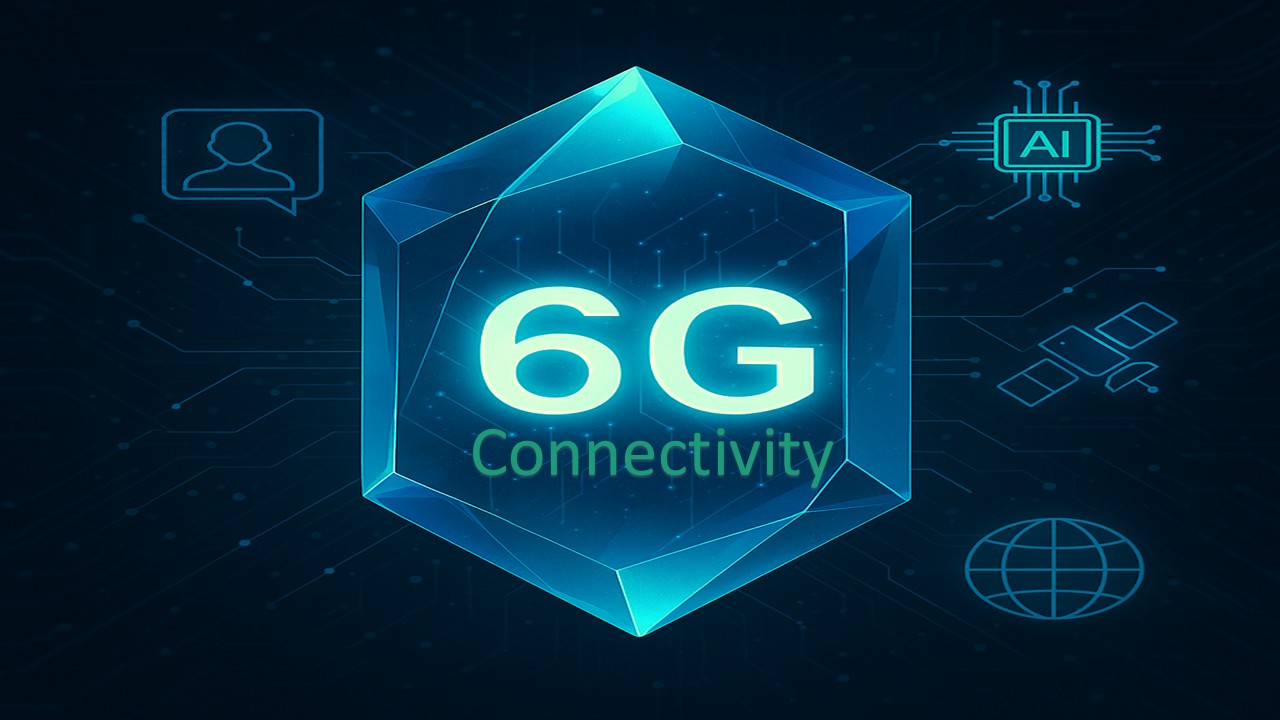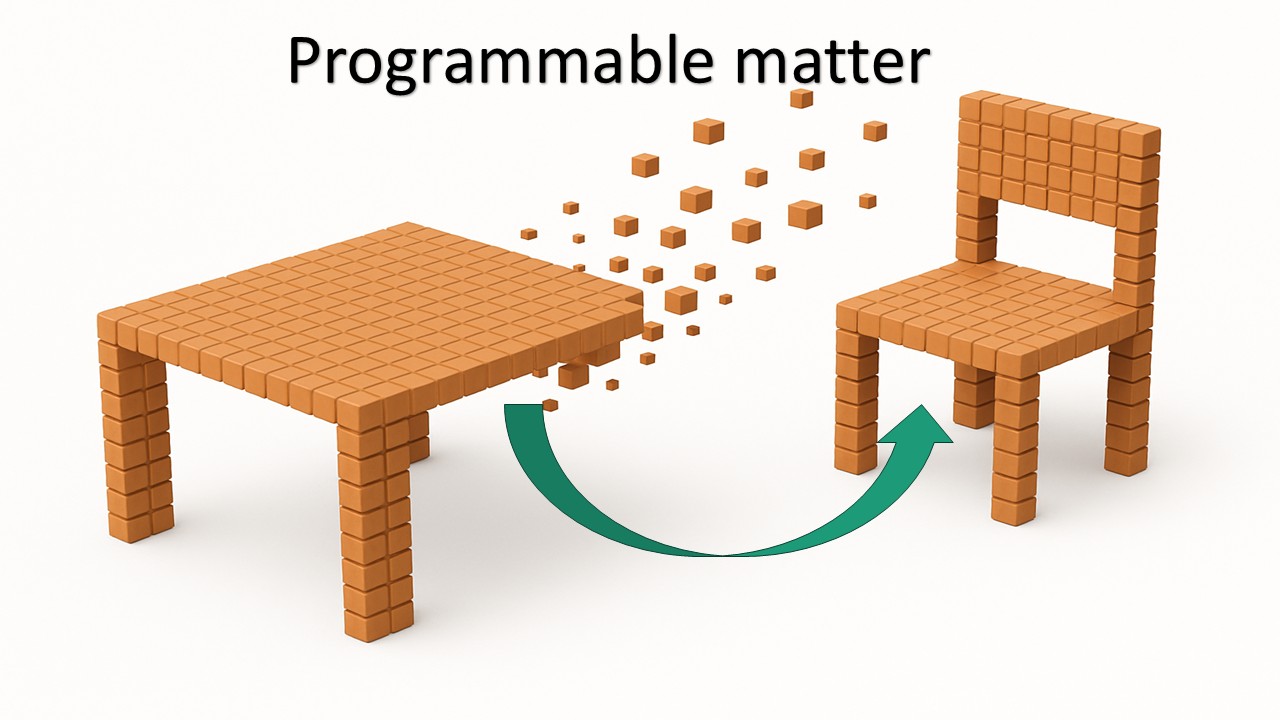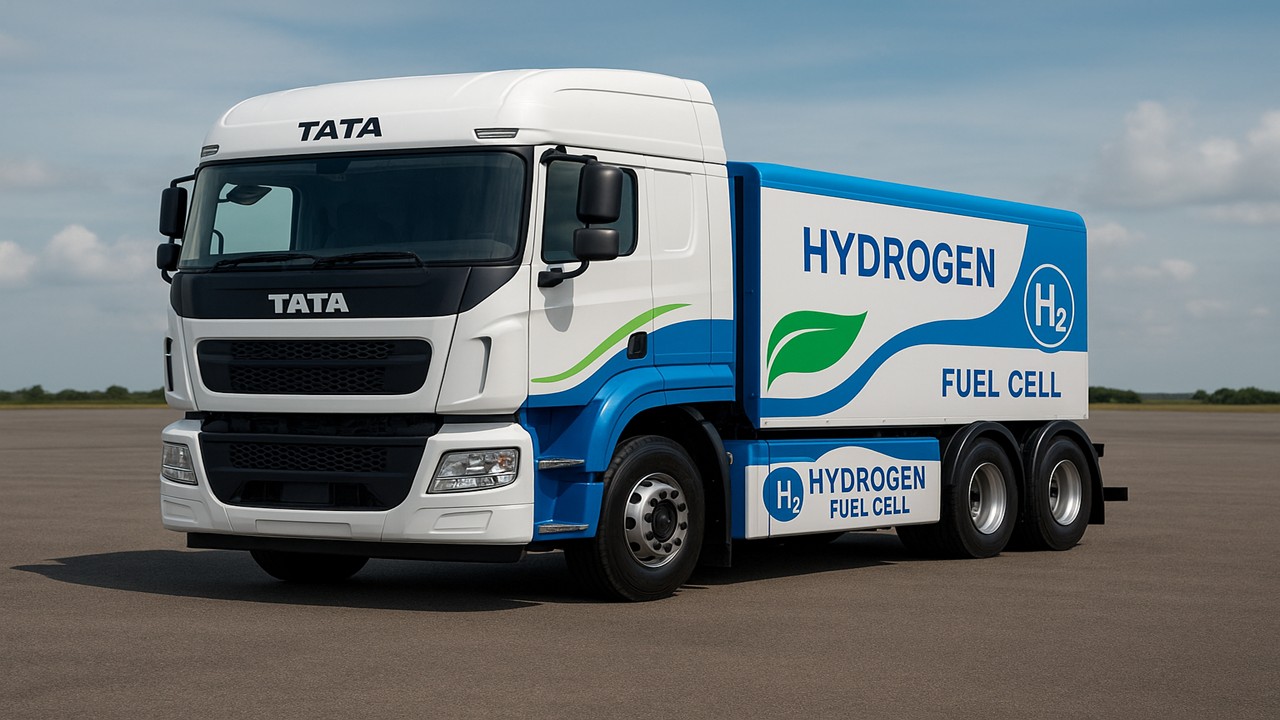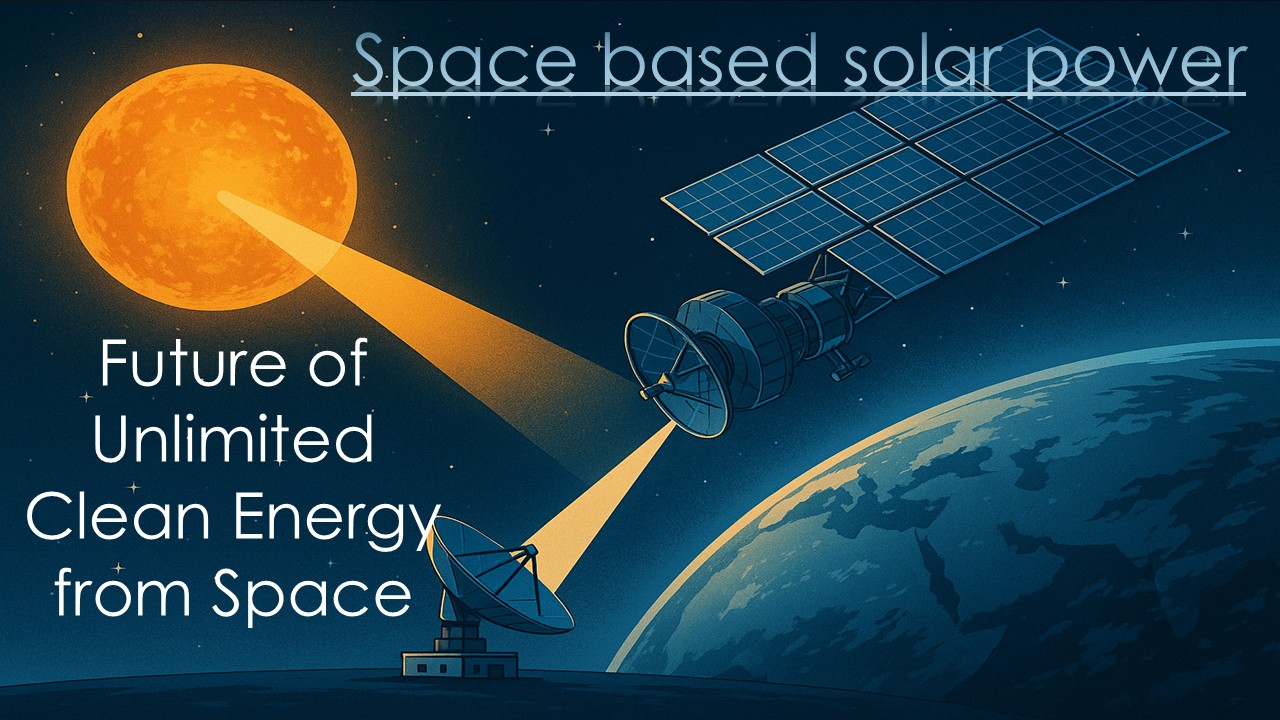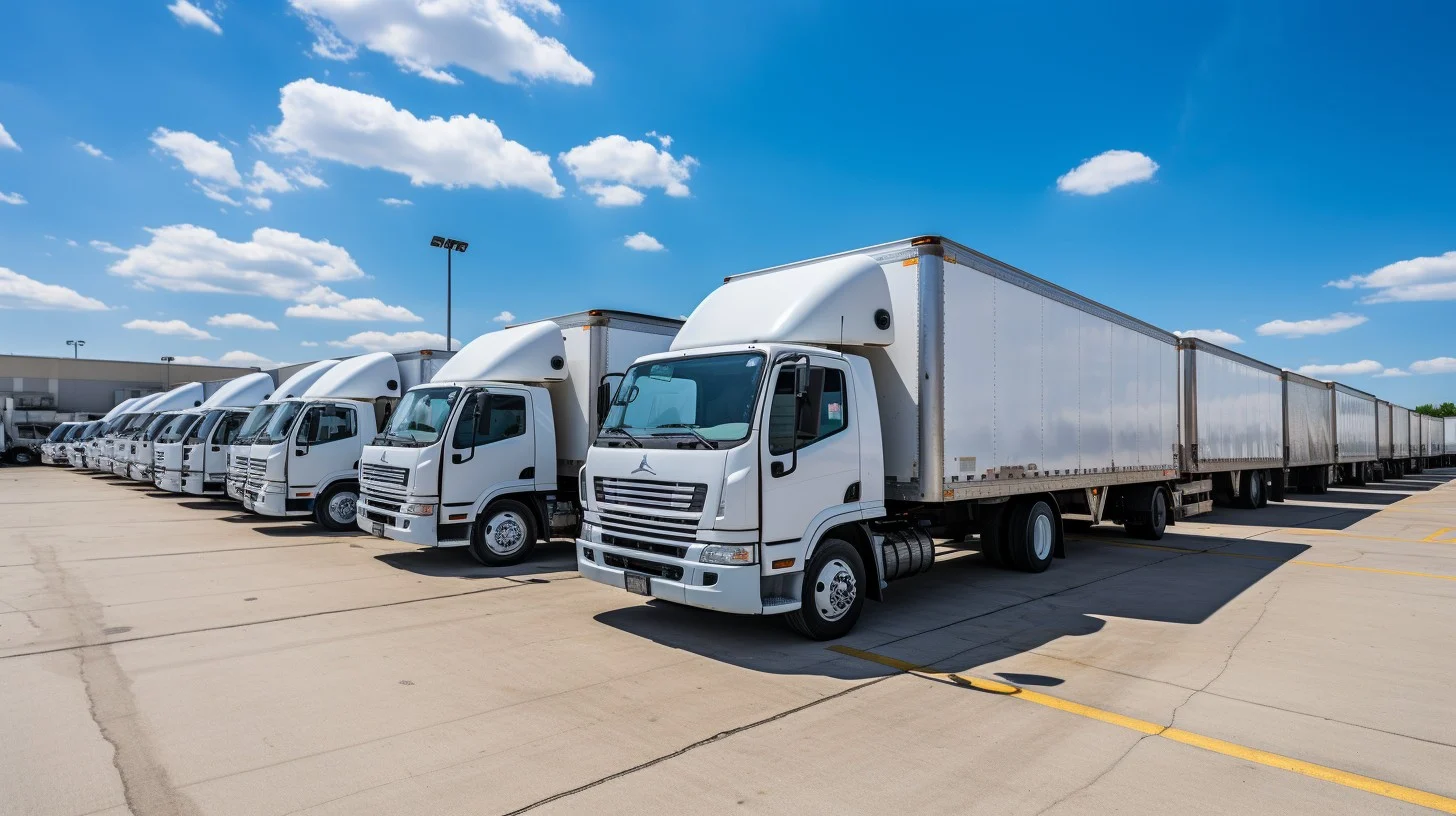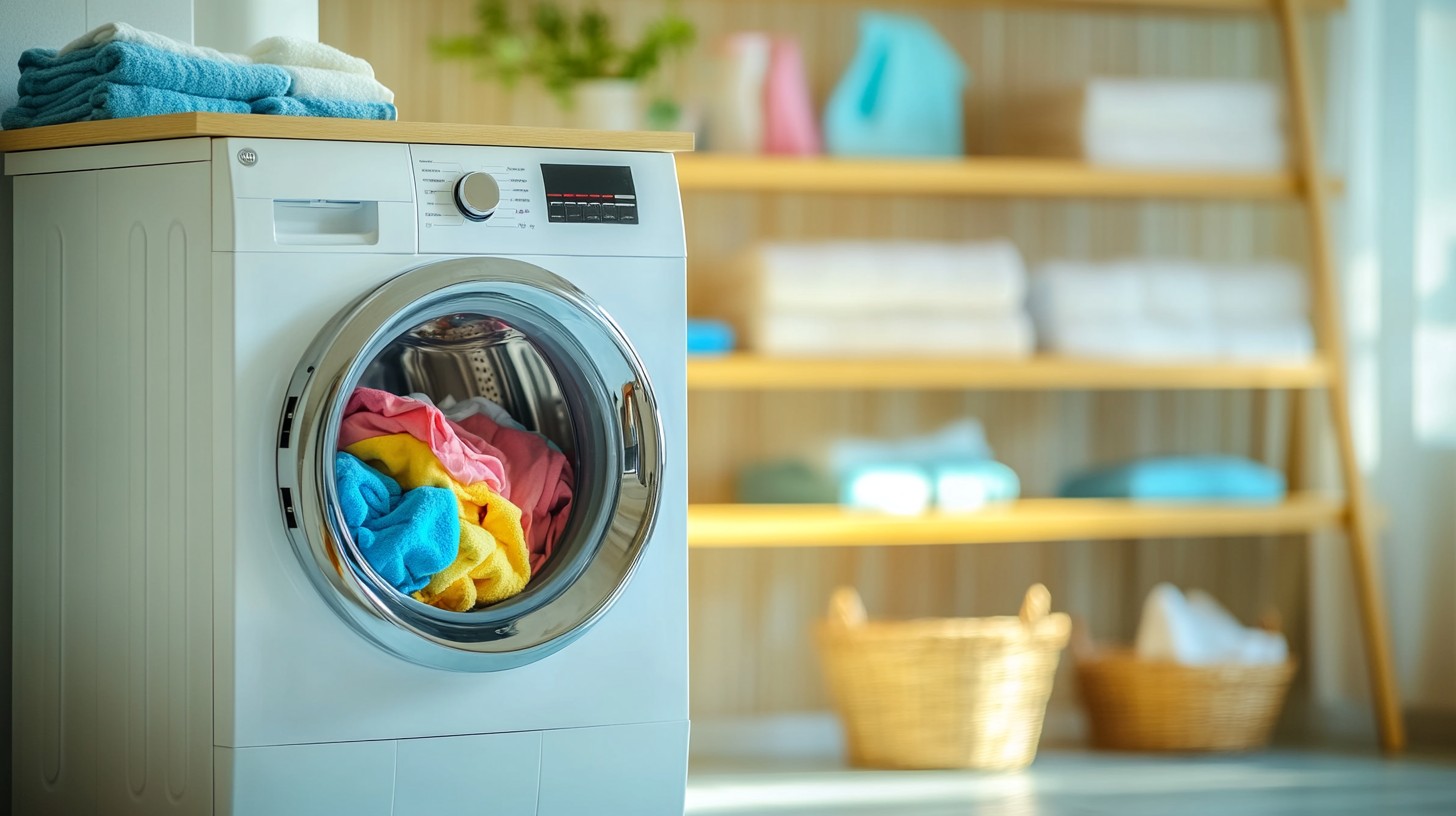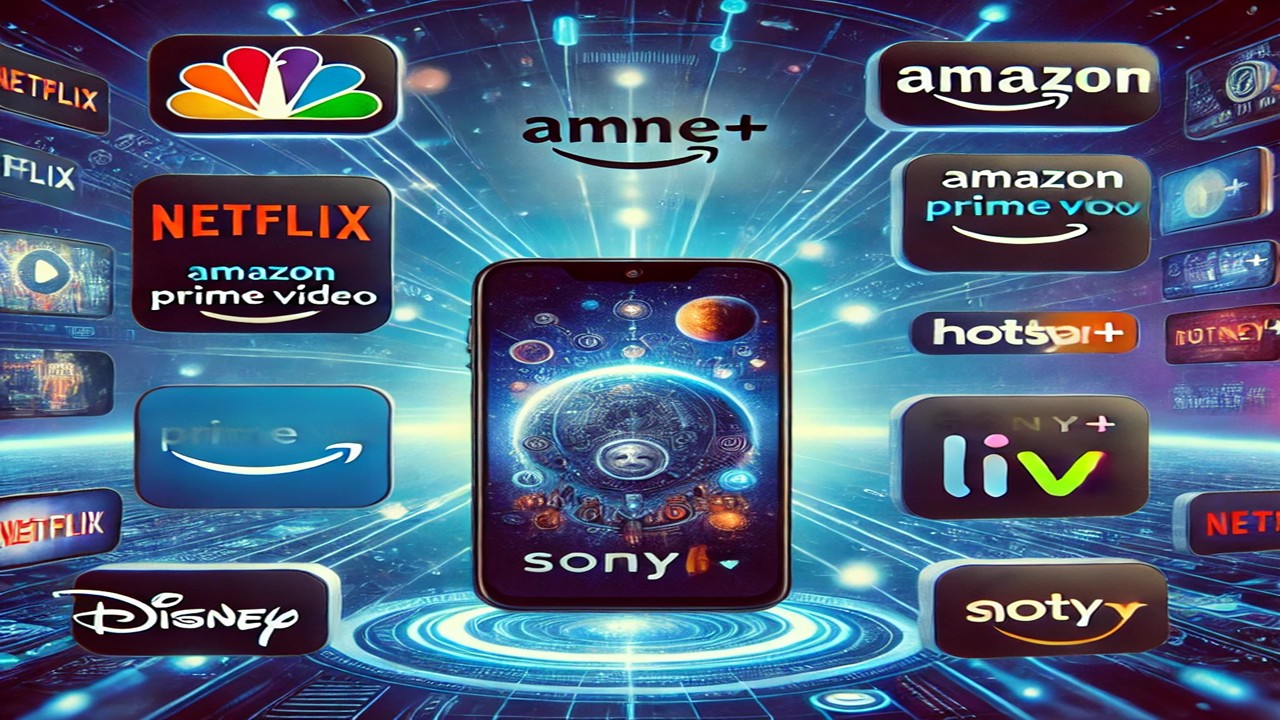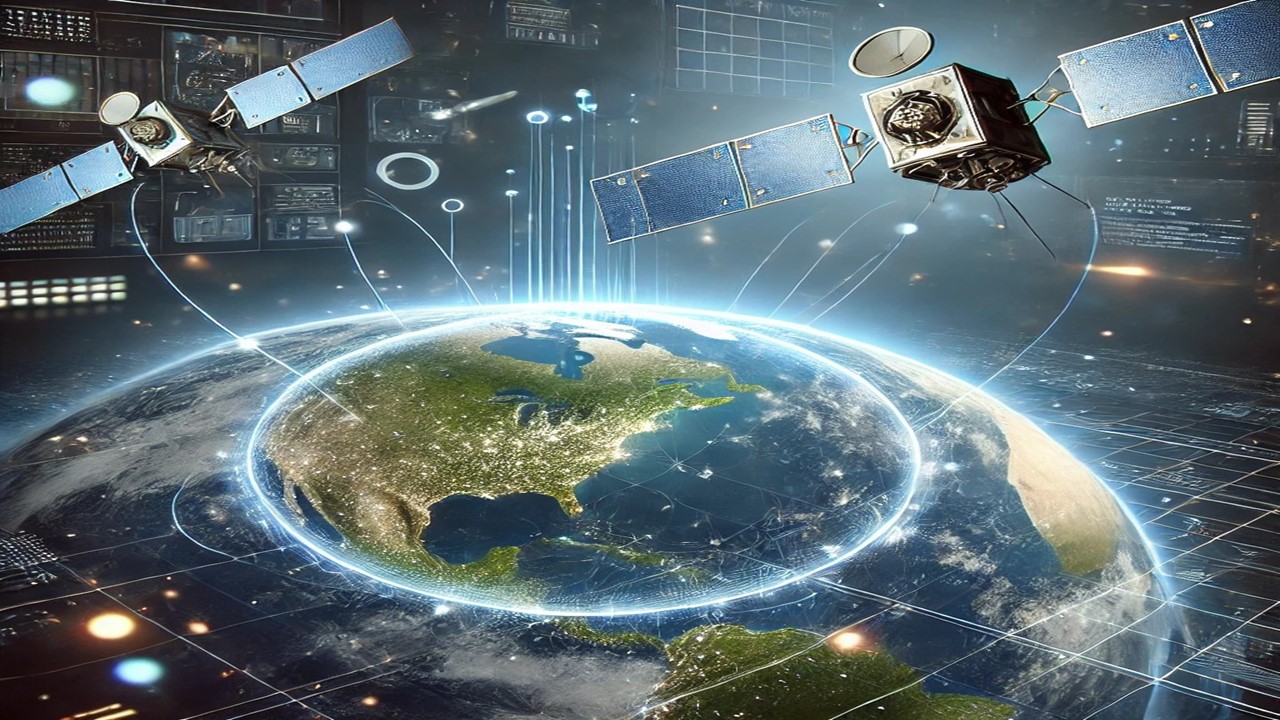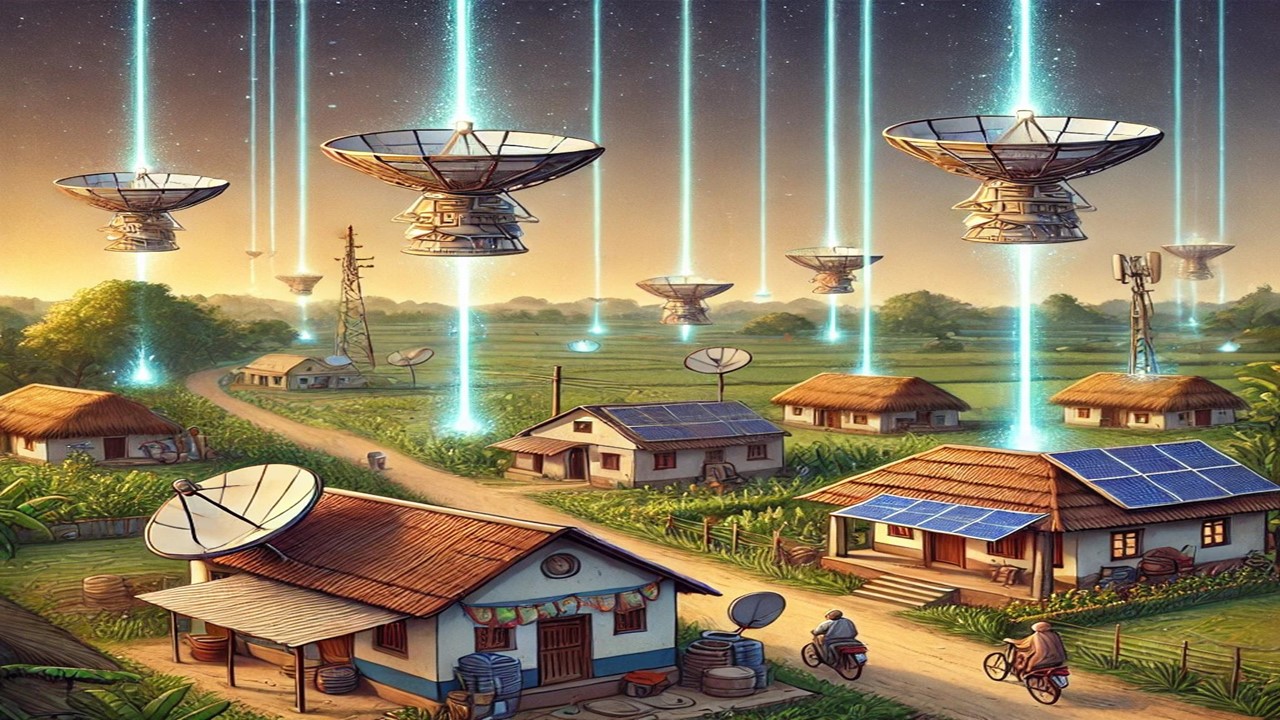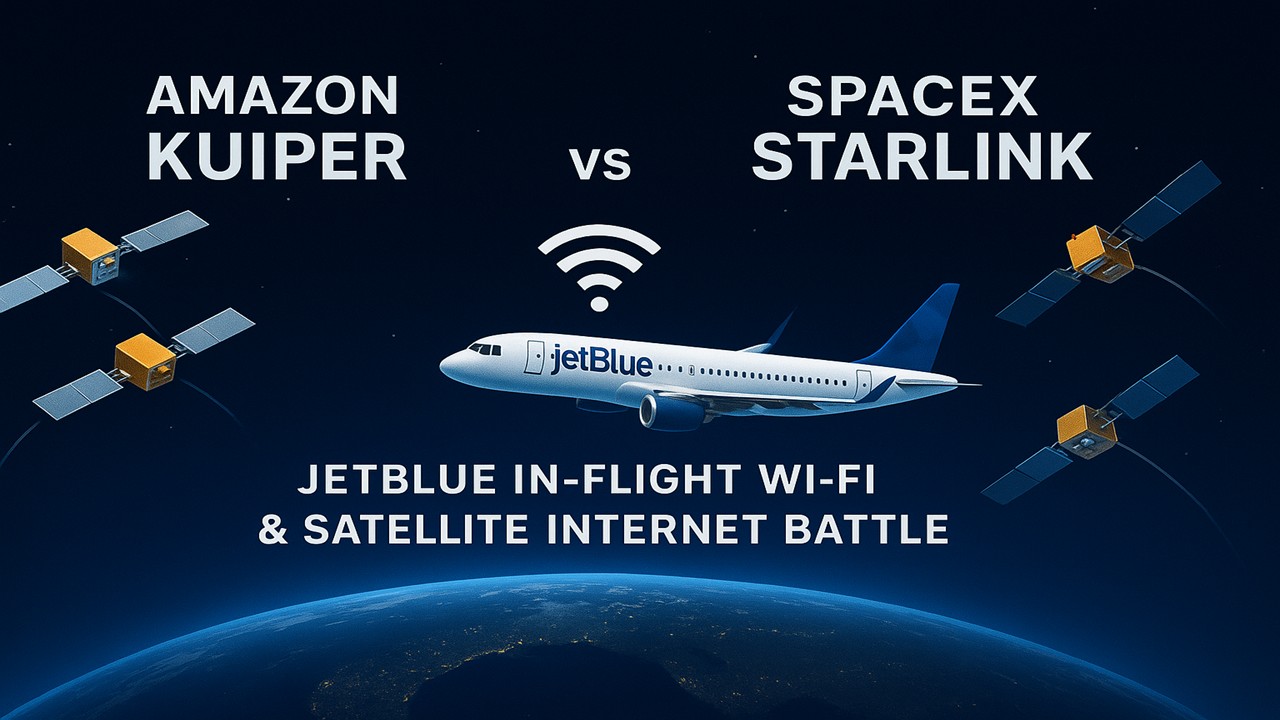
हिंदी में पढ़ने के लिए मेनू बार से हिंदी भाषा चयन करें।
Today, everyone knows Amazon—not just as an online shopping platform, but as a global powerhouse. Whether you are buying the latest gadget or watching your favourite movie on Amazon Prime, Amazon is everywhere. From its vast logistics network to cloud services, Amazon has left a remarkable impact on business and technology worldwide.
But now, Amazon is taking its reach even further—beyond the Earth itself! Yes, Amazon’s Project Kuiper is an ambitious satellite internet project aimed at delivering high-speed broadband connectivity to remote and underserved regions.
Project Kuiper: Amazon’s Bold Move into Space
- Introduction: Launched in 2019, Project Kuiper aims to deploy a massive network of 3,236 Low Earth Orbit (LEO) satellites.
- Satellite Altitude: These satellites will orbit between 367–391 miles above the Earth, offering lower latency and faster internet compared to traditional geostationary satellites.
- Launch Partners: Amazon has signed agreements with United Launch Alliance (ULA), ArianeGroup, Blue Origin, and SpaceX for 92 satellite launches.
Recent Progress and Partnerships
- Partnership with JetBlue: Starting in 2027, JetBlue aircraft will feature high-speed in-flight Wi-Fi powered by Kuiper, directly competing with SpaceX Starlink in the aviation sector.
- Satellite Launches: In April 2025, 27 satellites were successfully launched, with 27 more scheduled for September 2025.
Who is JetBlue Airways:
JetBlue Airways is a major American low-cost airline founded in 1998 and headquartered in New York City. Known for affordable fares, good in-flight service, and customer-friendly policies, JetBlue operates domestic and international flights across the Americas and the Caribbean.
Amazon Kuiper vs SpaceX Starlink
Amazon Kuiper and SpaceX Starlink both provide internet services through Low Earth Orbit (LEO) satellites, making them direct competitors.
- Satellite Count: Starlink currently has around 5,000+ satellites, while Amazon Kuiper plans a full deployment of 3,236 satellites.
- Service Coverage: Starlink is already available in multiple countries, whereas Kuiper will initially provide service in the USA, South America, and select regions.
- Internet Speed and Latency: Both are expected to deliver similar internet speeds (100–250 Mbps) and latency (20–40 ms).
- Pricing Plans: Starlink Standard costs $110/month in the USA, while Kuiper’s pricing has not yet been announced, though Amazon is likely to offer competitive rates.
- Special Features: Starlink offers RV, maritime, and consumer terminals, while Kuiper will provide free in-flight Wi-Fi on JetBlue flights, and consumer terminals will gradually roll out.
Kuiper and Starlink have similar technical capabilities, but Amazon Kuiper gains a competitive edge through its vast ecosystem and strategic partnerships, giving it unique advantages over Starlink.
Future Plans
- 578 satellites deployment by 2026 to initiate service.
- Full 3,236 satellites deployment by 2029 for global high-speed internet coverage.
- Service Expansion: Kuiper aims to extend coverage to more regions, allowing millions to access fast and reliable internet.
Outcome
Amazon has already revolutionized online shopping and entertainment, and now Project Kuiper is taking it into space. Kuiper and Starlink will compete for the satellite internet market, but Amazon’s ecosystem and partnerships give Kuiper a unique advantage. In the coming years, this project has the potential to transform internet access worldwide, especially in remote and underserved regions.
Source– Amazon News

